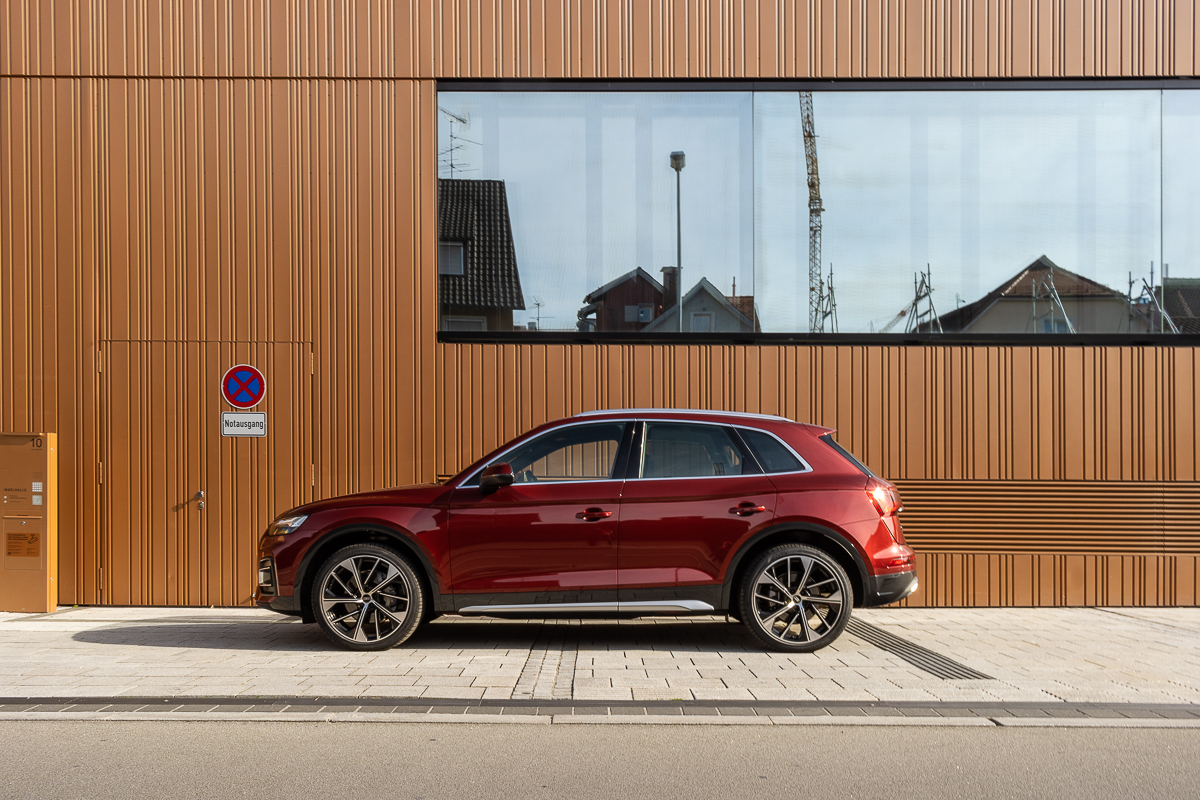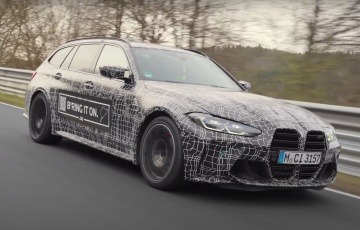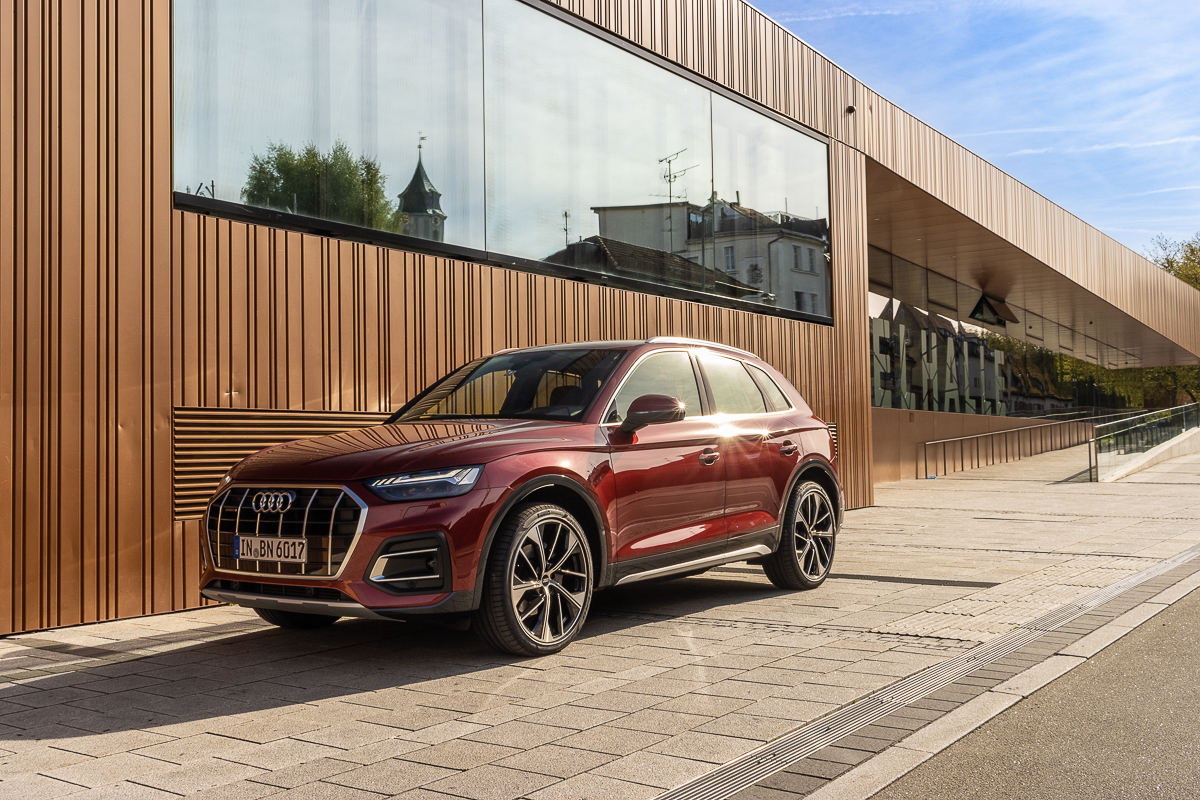
2022 Audi Q5 2.0 S Line Review : A 2670km, 3 Country, Long-Term Test Drive
Dresden, Germany - How far is far? I really have no idea. Anyhoo… If road testing a car for almost 2700km, and across three different countries is by any means a good measure, then I think my humble opinion about the Audi Q5 junior executive SUV matters.
I have just crossed the Czech border, into the former East Germany, where you can officially bring the Q5 past the magic 200km/h mark… not because I want to go fast, but because I want to get there quickly. I am making time to arrive in a town to meet friends, further north before sundown. In-between, I'm stopping at the Neustadt Kunsthofpassage, in Dresden for a late lunch, or should I call it tea; and also to have a quick look at the musical house in the courtyard. I do have a travel story coming up, but that will be for another day, so stay tuned.

So… I am on my own self-drive holiday, and my car for the trip is a late model Audi Q5; so the junior executive SUV not only receives a styling revamp, but it also has a Mild-Hybrid powertrain. To be accurate, our car is the Audi Q5 2.0 40 TFSI - the lower-powered (204hp) version of the 2 Q5 cars offered in Singapore.
The 245hp model was initially the only regular Q5 available. So Audi Singapore’s new Q5 introduction is simply a response to make their junior executive SUV more “affordable”, in the face of (at the time this is published) very high COEs. That said, the 204hp Q5 will still start at around a bank-breaking $305k, while the 249hp variant will make you burn approximately another $20k more.


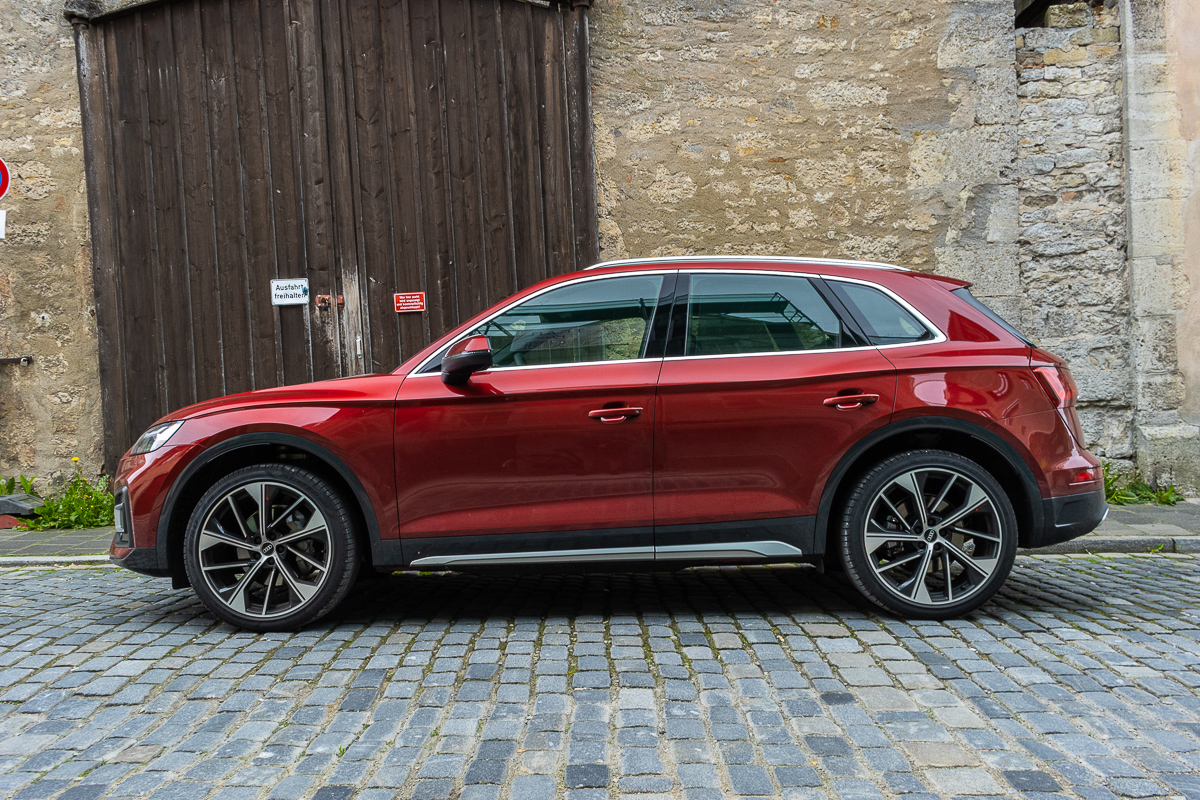

The car I am driving is however more costly than the vanilla car, as it is equipped with fancy S Line trim. It also has an adaptive air suspension, which in my opinion, turns what is regular Q5 handling into something really quite spectacular.
With less power under the bonnet, the 40 TFSI Q5 takes a full second longer to reach 100km/h, and I would admit that you’d need to work the engine a little more in some scenarios. But I dare say that 204hp and 320Nm is quite sufficient for both city driving and going near-flat out on these stretched-out German roads. The junior executive SUV hardly struggles to deliver pace, where pace can/needs to be made. The Q5’s 12V MHEV system is identical with the one found on the facelifted A4. And while it does not provide you with an added boost when more shove is needed (like in the Q3 with its 48V system), it glides when your foot is off the throttle, like what I’d expect an MHEV to do. Official fuel figures stand at 15.4km/l, which is pretty decent, though mine is 12.4km/l due to my many flat-out German highway runs.

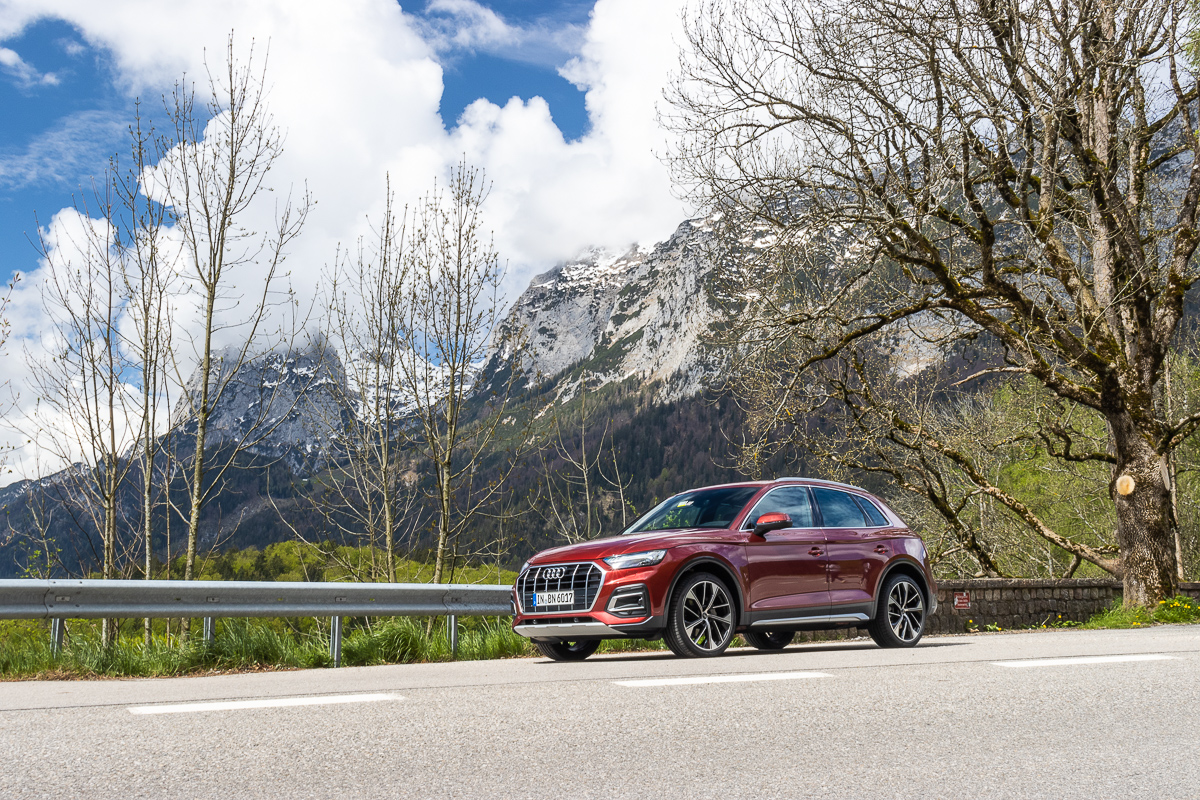


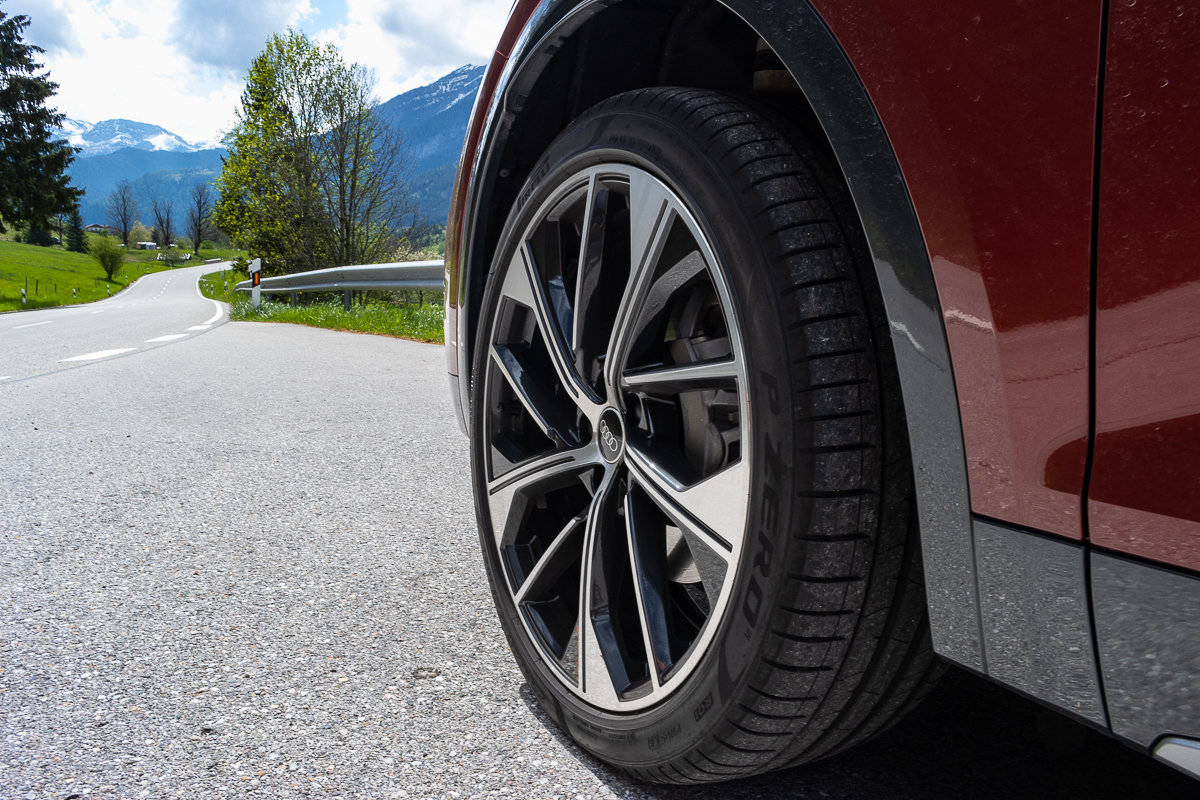
While there may be five different drive modes offered on the Q5, ‘Off-Road’, ‘Comfort’, ‘Auto, Dynamic' and ‘Individual’; soon you’d simply let the car choose its own mode, since you want hassle. On the highway the Q5 switches over to ‘Dynamic’ mode, where the suspension stiffens and drops the car 15mm for added stability. This is especially appreciated when carving long corners while the needle crosses 200km/h. Being lower also means that you get blown about less when passing a container-hauling arctic in the next lane. As I shed speed and exit at the A17’s Dresden-Südvorstadt exit. The SUV stays in ‘Dynamic’ mode, keeping the suspension stiff around the 120 degree right-hander. I have put the base Q5 without the adaptive air suspension around similar bends before, and I would say that the difference is night and day, as the softer regular suspension would lend to a more boat-like posture.
While the S Line 21-inch rims, shod with Pirelli P Zeros do a fine job of keeping things less wallowy, There are times where I appreciate more sidewall. Within Dresden’s cobble-filled streets, slotted with tramlines, the larger rims also transfer more noise into the cabin, which otherwise mar a very sweet driving experience. But overall, I must say that the Audi SUV provides me with very good ride quality.




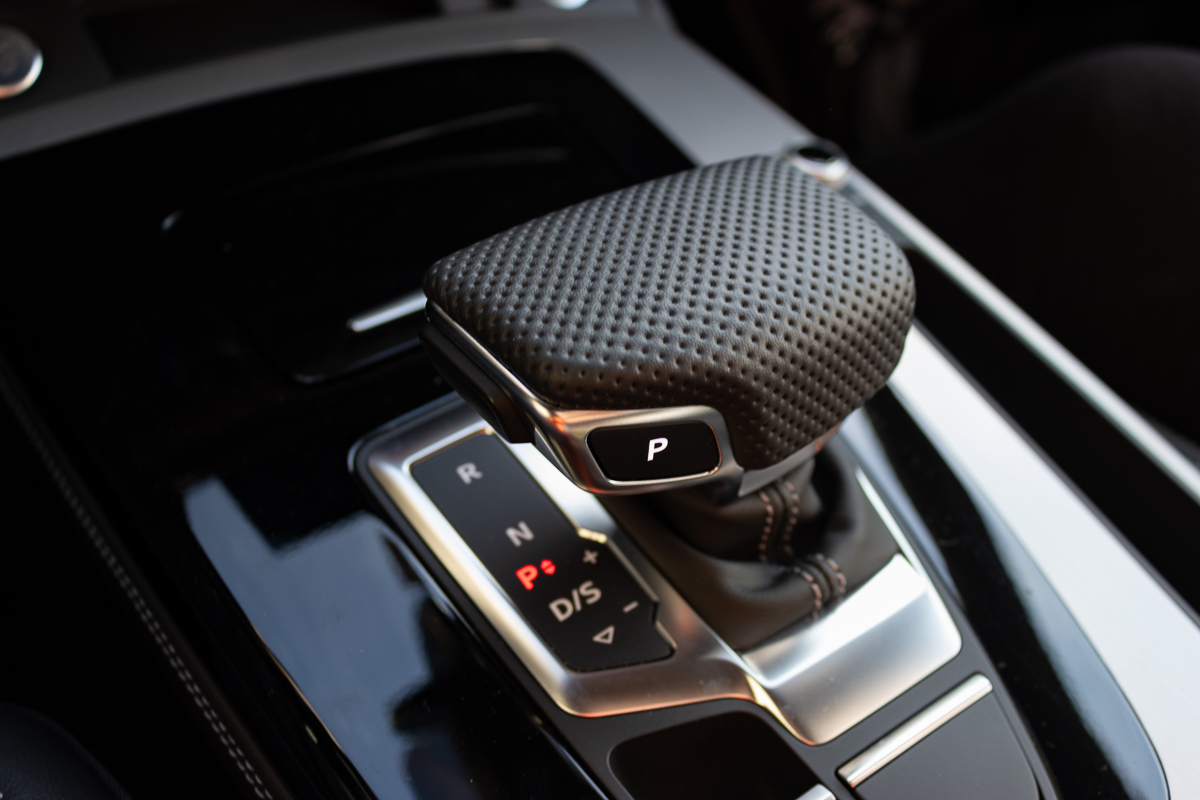
Over on the inside, most of the changes are to the infotainment system. The third-generation Modular Infotainment Platform (MIB 3), according to Audi, has ten times the computing power of the previous MIB 2 system. The 10.1-inch MMI touch display loses the thick bezel, and I notice that it is quicker in pulling up Sat Nav information. It also comes with voice control, but it is nothing close to what is offered on the BMW X3 and Mercedes-Benz GLC. With the new infotainment system, the Q5 also loses the frosted glass touchpad within the centre console, which is now replaced with a simple container.
The air suspension is also a welcome feature, away from the road, as you can lower the rear of the car, with a push of a button from the boot. This makes hoisting or lowering large pieces of luggage easier.

Adding to safety, there are small improvements made to the rear exterior lighting; that is if you opt for the OLED package. Additional lighting segments automatically activate for a larger rear light signature, whenever another road user comes near to the rear of the car. Audi also says that customers who choose the OLED package are able to choose from three different light signatures when they purchase the car.
I feel that the Audi Q5 is the most underrated among the three German junior executive SUVs, but perhaps less than the Lexus NX. I would say that it turns-in with less excitement and seems more clinical than the BMW X3, but it still drives very-very well (then again I enjoyed a car with the optional adaptive suspension). But if you pick the base car, it is quite bang-for-buck.
TEXT & (most) PHOTOS Clifford Chow
Audi Q5 SUV 40 TFSI quattro S tronic 150 kW MHEV
Engine 1984cc, inline 4, turbocharged
Power/rpm 204hp/4,475-6,000rpm
Torque/rpm 320Nm/1,450-4,475rpm
Transmission 7spd S Tronic dual-clutch
0-100km/h 7.3secs
Top Speed 223km/h
Fuel Consumption 6.5l/100km
